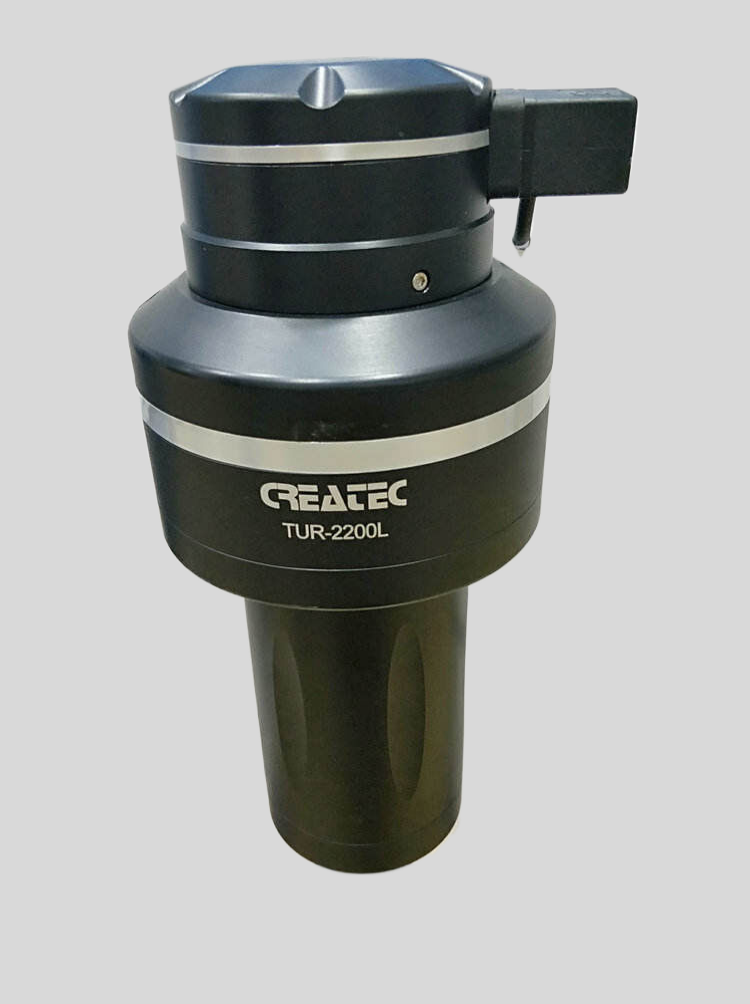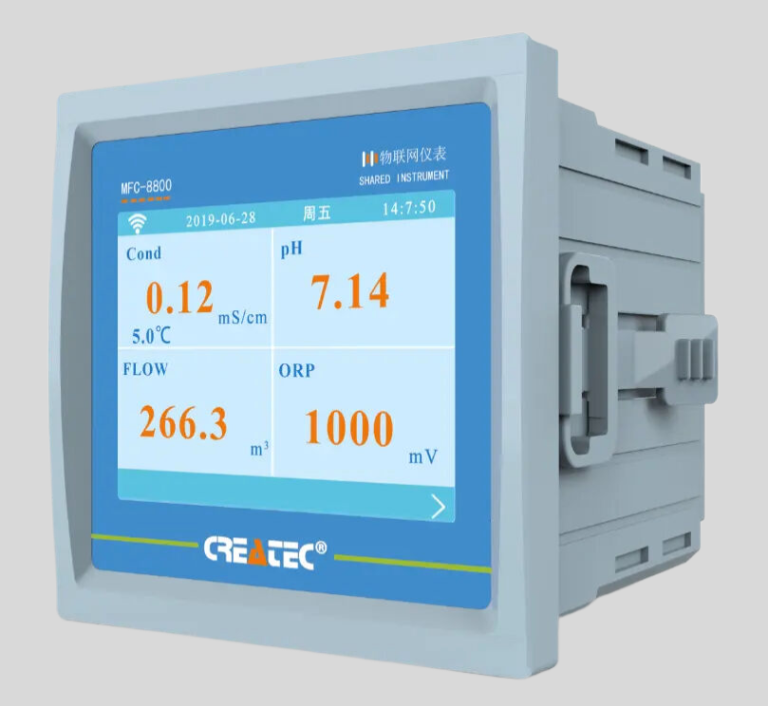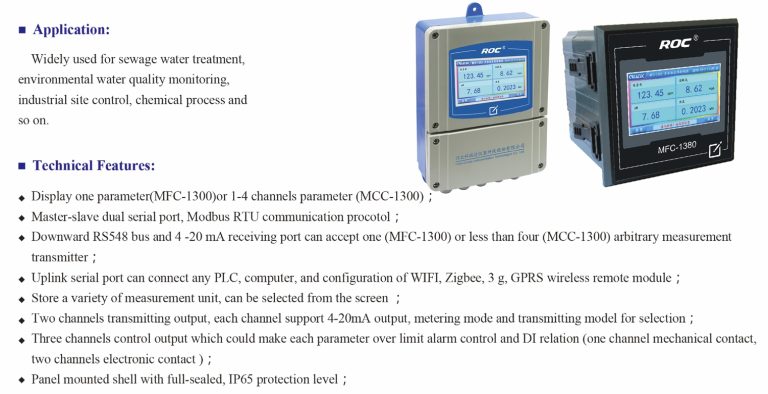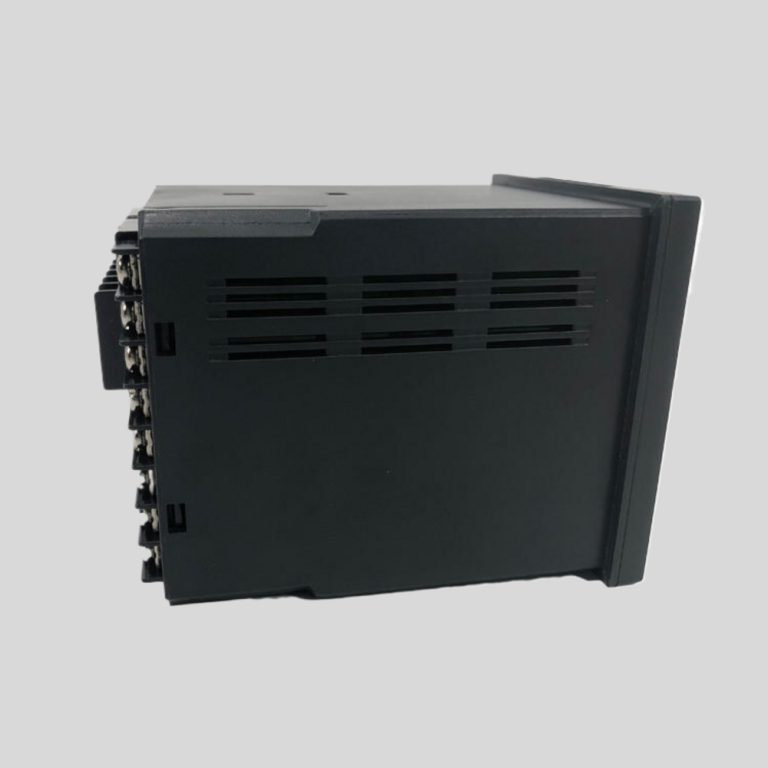Table of Contents
Using an Automotive Meter to Measure RPM
An automotive meter is a versatile tool that can be used for a variety of tasks in the automotive industry. One of the most common uses for an automotive meter is to measure the RPM (revolutions per minute) of an engine. Measuring the RPM of an engine is important for diagnosing issues with the engine, as well as for tuning and optimizing performance.
To measure the RPM of an engine using an automotive meter, you will need to first locate the tachometer signal wire. This wire is typically located near the ignition coil or the distributor. Once you have located the tachometer signal wire, you will need to connect the positive lead of the automotive meter to the signal wire, and the negative lead to a ground source.
Once the automotive meter is properly connected, you can start the engine and observe the reading on the meter. The reading will indicate the RPM of the engine in real-time. It is important to note that some automotive meters may require calibration before use, so be sure to consult the user manual for your specific meter to ensure accurate readings.
When measuring the RPM of an engine, it is important to keep safety in mind. Always make sure that the engine is off before connecting the automotive meter, and be sure to follow all safety precautions outlined in the user manual. Additionally, be mindful of moving parts and hot surfaces when working around the engine.
Measuring the RPM of an engine can provide valuable information about the performance of the engine. By monitoring the RPM, you can identify any irregularities or fluctuations that may indicate a problem with the engine. For example, a consistently low RPM reading may indicate a problem with the fuel system, while a high RPM reading may indicate a problem with the ignition system.
In addition to diagnosing issues, measuring the RPM of an engine can also be useful for tuning and optimizing performance. By monitoring the RPM under different driving conditions, you can make adjustments to the engine to improve performance and fuel efficiency. For example, adjusting the air-fuel mixture or ignition timing can help optimize the RPM for better performance.
Overall, using an automotive meter to measure RPM is a valuable tool for anyone working in the automotive industry. Whether you are diagnosing engine issues or tuning performance, measuring the RPM of an engine can provide valuable insights into the health and performance of the engine. By following the proper procedures and safety precautions, you can effectively use an automotive meter to measure RPM and optimize engine performance.
Step-by-Step Guide for Checking RPM with an Automotive Meter
When it comes to maintaining your vehicle, one of the key things to monitor is the engine’s RPM (revolutions per minute). This measurement indicates how fast the engine is running and can help you identify any potential issues with your vehicle’s performance. One way to check the RPM of your engine is by using an automotive meter. In this article, we will provide you with a step-by-step guide on how to check the RPM of your engine using an automotive meter.
First and foremost, it is important to ensure that your vehicle is parked in a safe and level location before attempting to check the RPM. Additionally, make sure that the engine is turned off and the key is removed from the ignition to prevent any accidents or injuries.
Next, locate the diagnostic port in your vehicle. This port is typically located under the dashboard on the driver’s side of the vehicle. Once you have located the diagnostic port, plug the automotive meter into the port. Make sure that the meter is securely connected to the port to ensure accurate readings.
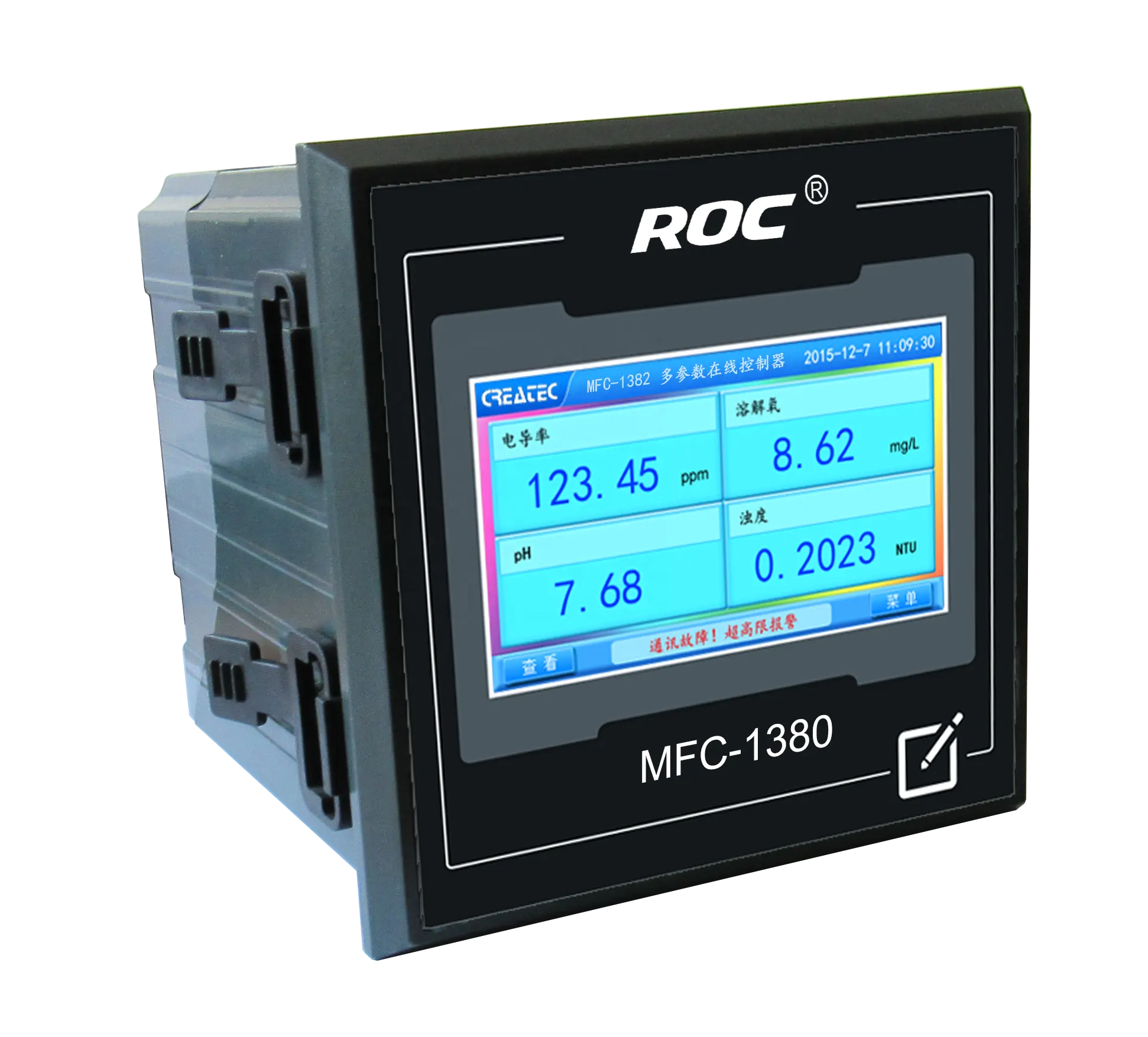
After connecting the automotive meter to the diagnostic port, turn the ignition key to the “on” position. This will power up the automotive meter and allow you to access the RPM reading. Some automotive meters may require you to select the RPM function from the menu, so be sure to follow the instructions provided with your specific meter.
Once you have selected the RPM function on the automotive meter, start the engine of your vehicle. The automotive meter will now display the RPM reading of your engine in real-time. Take note of the reading and compare it to the recommended RPM range for your vehicle. If the RPM reading falls outside of the recommended range, it may indicate a problem with your engine that requires further inspection.
To ensure accurate readings, it is important to keep the engine running at a consistent speed while checking the RPM. You can do this by using the accelerator pedal to maintain a steady RPM or by using a tachometer to monitor the engine speed.
| CCT-3300 | ||||
| Constant | 10.00cm-1 | 1.000cm-1 | 0.100cm-1 | 0.010cm-1 |
| Conductivity | (500\uff5e20,000) | (1.0\uff5e2,000) | (0.5\uff5e200) | (0.05\uff5e18.25) |
| \u03bcS/cm | \u03bcS/cm | \u03bcS/cm | M\u03a9\u00b7cm | |
| TDS | (250\uff5e10,000) | (0.5\uff5e1,000) | (0.25\uff5e100) | \u2014\u2014 |
| ppm | ppm | ppm | ||
| Medium Temp. | (0\uff5e50)\u2103\uff08Temp. Compensation : NTC10K\uff09 | |||
| Resolution | Conductivity: 0.01\u03bcS/cm\uff1b0.01mS/cm | |||
| TDS: 0.01ppm | ||||
| Temp.: 0.1\u2103 | ||||
| Accuracy | Conductivity:1.5%\uff08FS\uff09 | |||
| Resistivity: 2.0%\uff08FS\uff09 | ||||
| TDS:1.5%\uff08FS\uff09 | ||||
| Temp:\u00b10.5\u2103 | ||||
| Analog Output | Single isolated(4\uff5e20)mA\uff0cinstrument/transmitter for selection | |||
| Control Output | SPDT relay\uff0cLoad Capacity: AC 230V/50A(Max) | |||
| Working Environment | Temp:\u00a0(0\uff5e50)\u2103\uff1bRelative humidity\uff1a\u00a0\u226485%RH(none condensation) | |||
| Storage Environment | Temp:(-20\uff5e60)\u2103; Relative humidity\u00a0\u226485%RH(none condensation) | |||
| Power Supply | DC 24V/AC 110V/AC 220V\u00b115%\uff08for selection\uff09 | |||
| Dimension | 48mm\u00d796mm\u00d780mm (H\u00d7W\u00d7D) | |||
| Hole Size | 44mm\u00d792mm (H\u00d7W) | |||
| Installation | Panel mounted, fast installation | |||
After you have finished checking the RPM of your engine, turn off the engine and remove the key from the ignition. Disconnect the automotive meter from the diagnostic port and store it in a safe place for future use.
In conclusion, checking the RPM of your engine using an automotive meter is a simple and effective way to monitor the performance of your vehicle. By following the step-by-step guide outlined in this article, you can easily check the RPM of your engine and identify any potential issues that may need to be addressed. Remember to always prioritize safety when working on your vehicle and consult a professional mechanic if you have any concerns about your engine’s performance.

